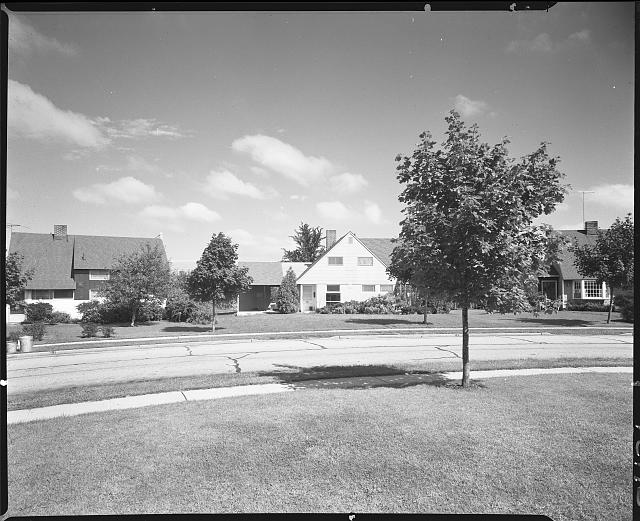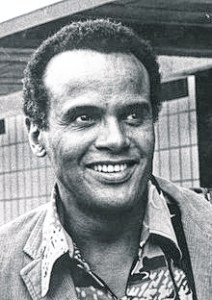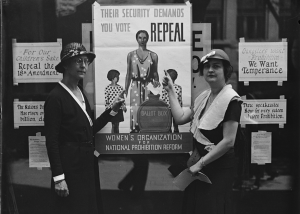The idyllic Long Island suburb of Levittown developed by William J. Levitt in the late 1940s made history. His experiment gave war-weary veterans the chance to own a home in the first mass-produced American suburb.
But the so-called “King of Suburbia” gained a different kind of fame when he tried to turn Blacks and other minorities away from living their American Dream. At one point, his company’s policies forced a Black family who had rented one of his homes to leave.
He counted on the muscle of a government policy for support as he followed a restrictive covenant “which kept Blacks out of what Levitt intended to be a White veterans’ paradise,” as the Long Island Press would report in November 1972.
His customers were mostly World War II soldiers who had fought against the forces of Adolf Hitler, the racist and tyrannical madman who exterminated minorities. Ironically, as the grandson of a rabbi, Levitt fought prejudice as a U.S. Navy lieutenant during the war.
Another irony: Before building Levittown, Levitt developed his Strathmore Vanderbilt property in Manhasset on the North Shore — but despite being Jewish, he wouldn’t sell to Jews, African Americans, or anyone who was not White.
GOVERNMENT SEGREGATION
The Levittown housing boom began in the spring of 1947: Levitt would build 2,000 houses on 300 acres of potato and onion fields in Hempstead Town. Ex-GIs and others lined up to occupy their own home for under $8,000 with 5% down (0% down for veterans), in the country’s first large-scale development of one-family homes. Initially, they could rent with the option to buy, according to the company’s standard lease.
Many may not have understood what the leases actually stated: “No dwelling shall be used or occupied by members of other than the Caucasian race, but the employment and maintenance of other than Caucasian domestic servants shall be permitted,” according to Clause 25 of the original Levitt contract.
Levitt was following guidelines from the U.S. government’s Federal Housing Administration (FHA), which provided mortgage insurance on loans. The FHA recommended including restrictive covenants in the deeds of the homes it insured, meaning segregated neighborhoods.
“The FHA wouldn’t underwrite a development that wasn’t segregated,” said Barbara Kelly, curator of Long Island Studies at Hofstra University, in a 1997 Washington Post interview.
While Levitt was creating suburbia, the U.S. Supreme Court in 1948 declared that such restrictions were ”unenforceable as law and contrary to public policy.” According to The New York Times, this meant that the clause couldn’t be enforced — not that it couldn’t be used. Also in 1948, then-President Harry S. Truman signed an executive order integrating the military, which had been segregated for 170 years.
Still, Levitt ignored the changing policies and kept building. When Levittown was completed in November 1951, using assembly-line construction that earned him the title “The Henry Ford of Housing,” his company had built 17,447 houses.
GOOD NEIGHBORS
While those houses were being built, William Cotter, an African American and former president of the Great Neck National Association for the Advancement of Colored People (NAACP), had been working to fight segregation. As Newsday reported, Cotter formed an organization to “halt Levitt’s discriminatory practices,” according to the flyer Cotter signed and distributed in 1951.
When Cotter managed to sublet a Levittown house from its private owner rather than from a realtor, he moved his family to 26 Butternut Lane. When their lease expired in 1953, reported Newsday, their landlord, Mid-Island Properties, would not renew the lease or sell them the home. The Cotters filed a suit in New York State Supreme Court based on racial discrimination but were unsuccessful.
Nassau County marshals showed up to evict the family in December, discarding the Cotters’ possessions outside in the rain. Neighbors protested, about 60 of them, reported Newsday. They posted signs reading “Brotherhood Begins at Home,” and “Sell the Cotters Their House,” put the family’s possessions back inside the house, and sat or stood on the furnishings. Still, the Cotters were evicted.
Cotter’s organization worked with a homeowner next door, an “eligible white man who then sold it to Cotter,” reported the Long Island Press. The Cotters were back on Butternut Lane, living the American Dream of home ownership.
Many observers praised Levitt as a visionary, while some critics, wrote Bruce Lambert in the New York Times, said Levitt’s company “branded integrationists as Communist rabble-rousers and barred them from meeting on Levittown property. It also evicted two residents who had invited black children from a neighboring community to their homes.”
In December 1955, two years after the Cotter family was allowed to buy their home, the modern civil rights movement began when Rosa Parks, an African American woman, refused to move to the back of the bus and was arrested, in Montgomery, Ala. In 1968, the Fair Housing Act made racial covenants illegal.
For more Rear View columns on Long Island history, visit longislandpress.com/category/past-present/rear-view.
Sign up for Long Island Press’ email newsletters here. Sign up for home delivery of Long Island Press here. Sign up for discounts by becoming a Long Island Press community partner here.


























